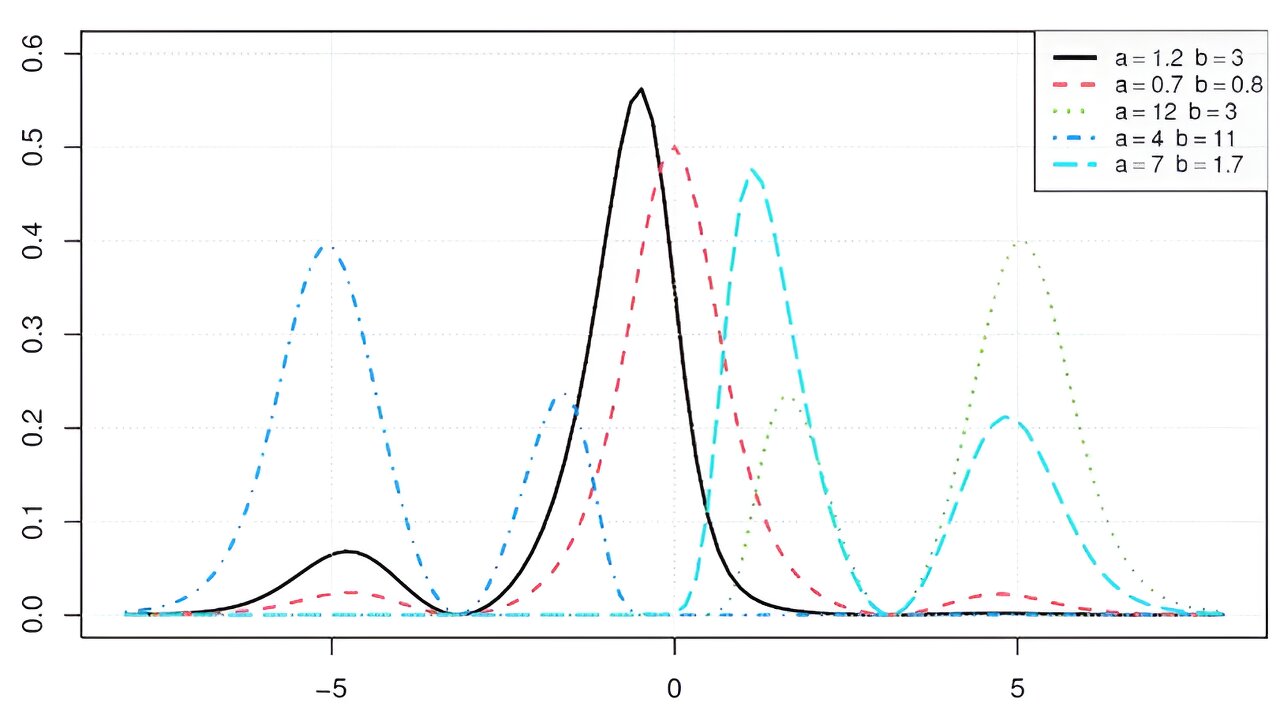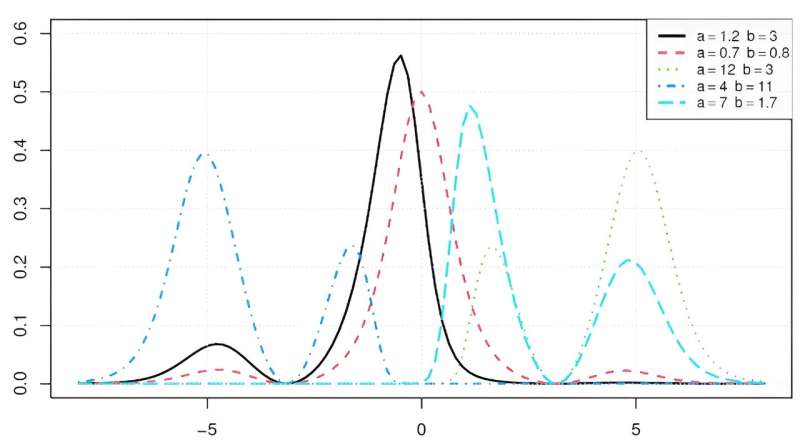

As is well known, the normal distribution is a key tool in probability and statistics. It can be described as a distribution that obeys a universal rule derived from one of the most important theorems in probability: the central limit theorem, often called the CLT. More practically, it also describes how some data naturally cluster around a central value, the shape of whose corresponding histograms (representing the distribution of the data) is a well equilibrated bell curve.
Some data from real-world processes follow this pattern, making the normal distribution an option for their analysis. However, the ideal bell shape is highly unexpected for most data. In fact, sometimes the data is skewed, meaning that the associated histograms are tilted to one side, left or right. In other cases, the data may have several modes (peaks) rather than a central value. These variations make the normal distribution less accurate for analyzing such data sets.
Mathematical theory helps to deal with these problems. By introducing adjustments for skewness and kurtosis, we can modify the shape possibilities of the normal distribution. On the other hand, transformation techniques can handle multiple modes, providing a more flexible approach. In essence, mathematical theory provides the necessary tools to extend the normal distribution to make it more useful for different types of data. This improves the accuracy of models and predictions, and therefore decision making.
Several strategies already exist, but rare are those that can simultaneously skew and add modes to the normal distribution through a highly tunable configuration. Such an option is developed in the paper “A new mathematical solution for creating asymmetric continuous distributions,” published in the journal Asymmetry.
Using two almost unconstrained parameters and a very general intermediate function, the theoretical foundations and guarantees of a new mathematical strategy are laid. The key to this strategy lies in the infinite possibilities for the choice of these components; the intermediate function can be chosen as exponential, logarithmic, trigonometric, among a wide range of functional types. Depending on their nature, various right-skewed, left-skewed and multimodal shapes can be reached.
Each of these shapes can correspond to the shapes of histograms encountered in real-world data analysis. Another important aspect of the associated theory is that the normal distribution can be replaced by any distribution with identical support, making the strategy adaptable to many real-world scenarios. This is illustrated theoretically in the article using the Cauchy distribution. With little effort, it can also be adapted to survival distributions, opening up new perspectives far beyond the nature of the basic normal distribution.
Practical applications of this theoretically validated strategy are currently being developed with data from fields as diverse as biology, medicine, engineering and finance. An R package is also being prepared to make it accessible to anyone dealing with data with non-standard patterns.
More information:
Christophe Chesneau, A new mathematical strategy for creating asymmetric continuous distributions, Asymmetry (2024). DOI: 10.55092/asymmetry20240003
Citation:
Team presents new theoretical strategy for generating asymmetric distributions in probability and statistics (2024, October 8)
retrieved 8 October 2024
from https://phys.org/news/2024-10-team-theoretical-strategy-generating-asymmetric.html
This document is subject to copyright. Apart from any fair dealing for the purpose of private study or research, no
part may be reproduced without the written permission. The content is provided for information purposes only.